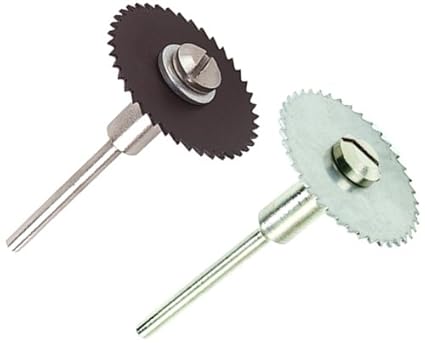tinkergnome 927
Sadly I don't have the solution but I'd like to achieve the same. Spiralize is a hack and not very reliable. But I think spiralize absolutely needs a closed surface to draw a loop while changing the z-height. So your model might just not be compatible with it.
AFAIK Cura always creates a closed loop (or: two passes) on a wall. It should work with Cura if you design the walls slightly thicker than the nozzle diameter (>=0.5mm).
Or "lie" about the nozzle diameter in Cura (define it smaller then it is).
I'm not sure if there are other slicers that work different?











.thumb.jpeg.0b7a05eafc09add17b8338efde5852e9.jpeg)
Recommended Posts
Nicolinux 288
Sadly I don't have the solution but I'd like to achieve the same. Spiralize is a hack and not very reliable. But I think spiralize absolutely needs a closed surface to draw a loop while changing the z-height. So your model might just not be compatible with it.
Link to post
Share on other sites